Being flexible is very important on the field and in the weightroom. While strength training alone can dramatically improve flexibility, modalities such as static stretching, foam rolling, mobility drills, activation drills, and PNF are also highly valuable in increasing or maintaining flexibility. In this article, I will teach you three different ways to make your stretching more effective.
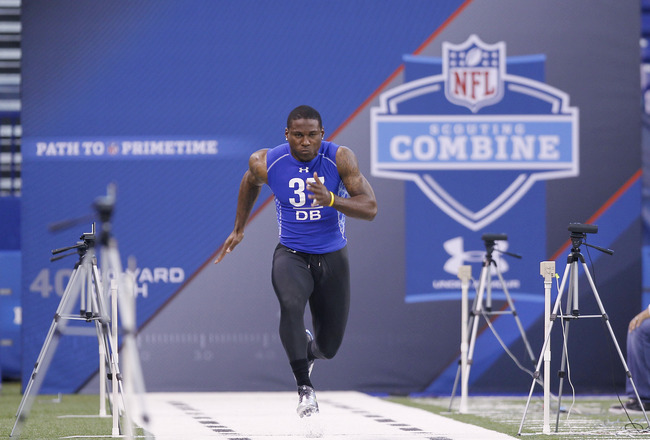
Three Ways to Increase the Effectiveness of Your Stretching
1) Employ Three Dimensional (3D) Stretching
I first learned this strategy from strength coach Mike Boyle and it’s a no-brainer. Let’s consider the hamstrings. If you externally (laterally) rotate the hips, you’ll increase the stretch on the medial (inner) hammies, but if you internally (medially) rotate the hips, you’ll increase the stretch on the lateral (outer) hammies. Most individuals are especially tight in the lateral hammies (biceps femoris), but ideally you’d like to maximize the stretch for all the hamstring tissues. Make sure you utilize 3D stretching for stretches and mobility drills involving the ankle, hip, and shoulder joints!

Internally Rotate the Hip to Increase the Stretch on the Biceps Femoris
2) Get in Functional Positions that are Similar to What You’re Trying to Improve
The best stretch for a particular movement is the one that most closely replicates that movement. Let’s consider ankle dorsiflexion mobility in the case of a squat. Sure you can stretch the gastroc on a step from a standing position and it will help, but you’ll get more bang for your buck if you get down into a squat position with the knee flexed (and the gastroc shortened) and stretch the ankle in a more specific manner. This applies to deadlifting and hamstring flexibility too.

Stretch Ankle Dorsiflexion in a “Squat-Specific” Manner
3) Create Pelvic Torque to Increase the Effectiveness of Hamstring and Rectus Femoris Stretches
Contract the lumbar erectors and rectus femoris and you will create anterior pelvic tilt torque. Contract the gluteus maximus and lower rectus abdominis and you will create posterior pelvic tilt torque. The pelvis can therefore be used as a “crank wheel” to increase the stretch on the bi-articular (muscles spanning two joints) hip muscles such as the rectus femoris and hamstrings. As a side benefit, by utilizing the pelvic muscles when stretching, you’ll increase your pelvic motor control while improving the effectiveness of the stretch, allowing for greater bang for your buck.
![No need for a crank wheel, just learn to use your pelvis to increase the stretch! [only works for rec fem and hammies]](https://bretcontreras.com/wp-content/uploads/adductor-stretching-machine.jpg)
No need for a crank wheel, just learn to use your pelvis to increase the stretch!
[only works for rec fem and hammies though]
Can You Show Me a Video?
Don’t worry, I got you covered. In the video below, I discuss the three different strategies I listed above to make your stretching more effective. Here’s the video:
As you can see, there is more to stretching than meets the eye. Simple strategies such as the aforementioned techniques can go a long way in maximizing the effectiveness of your flexibility training. Give them a try and let me know how they feel.
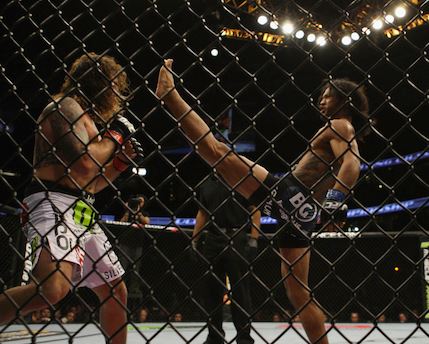

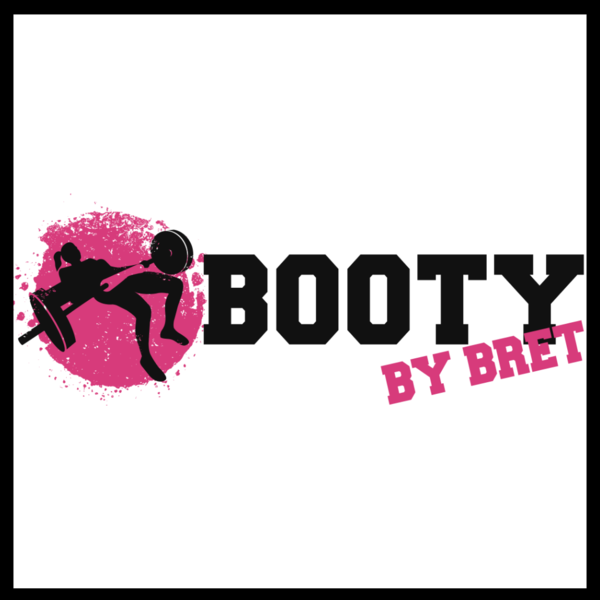
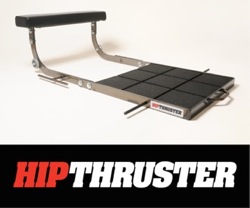
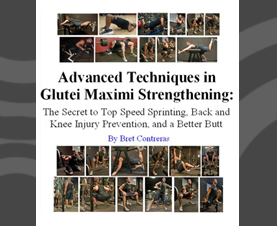
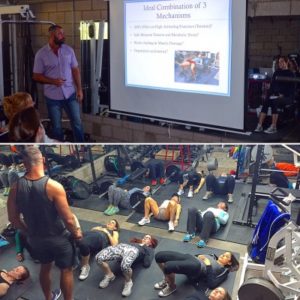
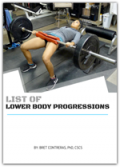
Great stuff, Bret!! Where can I learn more about 3D stretches? Thanks 🙂
Paul, I’m unaware of any books or DVD’s, but you can Google it. Here’s something that came up:
http://blogs.fasterskier.com/skis-strains-and-sprains/2012/12/01/3-dimensional-stretching-a-whole-new-approach-to-stretching/
Great tips!
Funny though, I already do those things by instinct. 😉
As a Martial Artist, the 3 Dimensional stretching strategy blew my mind. I’ll definitely add that to my routine. Thanks again Bret!
Glad you like it Marco! You’re very welcome my friend.
Hi Brett- With regards to the hamstring stretch (leg on an object) demonstrated should they be done in locked knees? I always advise clients to stretch with slight bent knee and use the hip to drive the stretch on the hamstring.
Hey Strini! Good question. I used to do the same with all hamstring stretches as I was told that locking out the knee is dangerous. I still do this with standing hamstring stretches. But with leg on object and active straight leg raise, I’m not too concerned with keeping the legs straight as I think the dangers are exaggerated. Could be wrong though so you can surely stick to what you’re doing. Hope all is well my friend.
Wow, these three steps are very useful not only for athletes, but also for those who want to be physically fit like me. Thanks for sharing these ideas to us Bret!
Terrific post Brett. For people interested in 3D stretching, I would recommend they become familiar with the PNF D1 and D2 lower extremity patterns. This would incorporate abduction/adduction, along with rotation and flexion/extension. These patterns used as dynamic stretches are excellent for athletes.
My apologies for hitting the “t” twice in your name.
Thanks for these tips. I definitely need to incorporate more stretching into my workouts. I sometimes even skip this step.. oops!
Judith, I must admit I’m also guilty of not incorporating enough stretching in my workouts. thanks Bret, these are awesome tips and I’ll be definitely giving these a go.
Hey bret
You are doing an outstanding job in this blog, I almost check your blog everyday for new topics, and I really like them. But I have a question but please do not take personal, your khowlege in fitness and strength exceed by far most coaches our there, but when I take a look at your body it is not really ripped, why is that.
Hahaha! 1. Average genetics, 2. No anabolic steroids, 3. Average diet 4. No cardio (just strength training) 5. Not my priority right now.
One of these days I’ll get strict and lean out. I can do it, but right now I’m concentrating on my PhD and businesses. I still train hard, but my diet isn’t the best.
I tore my glute doing sprints I want to make sure this doesn’t happen again. What are some good glute stretches?
When do you recommend doing the stretching? Before or after lifting? Or as a warmup?